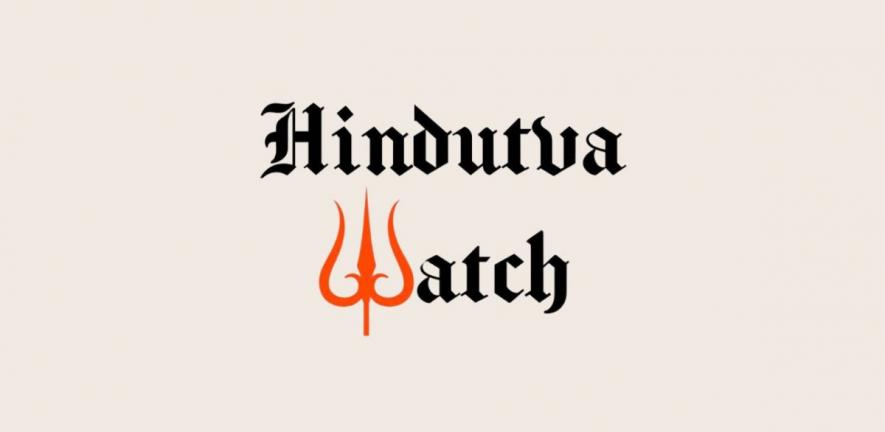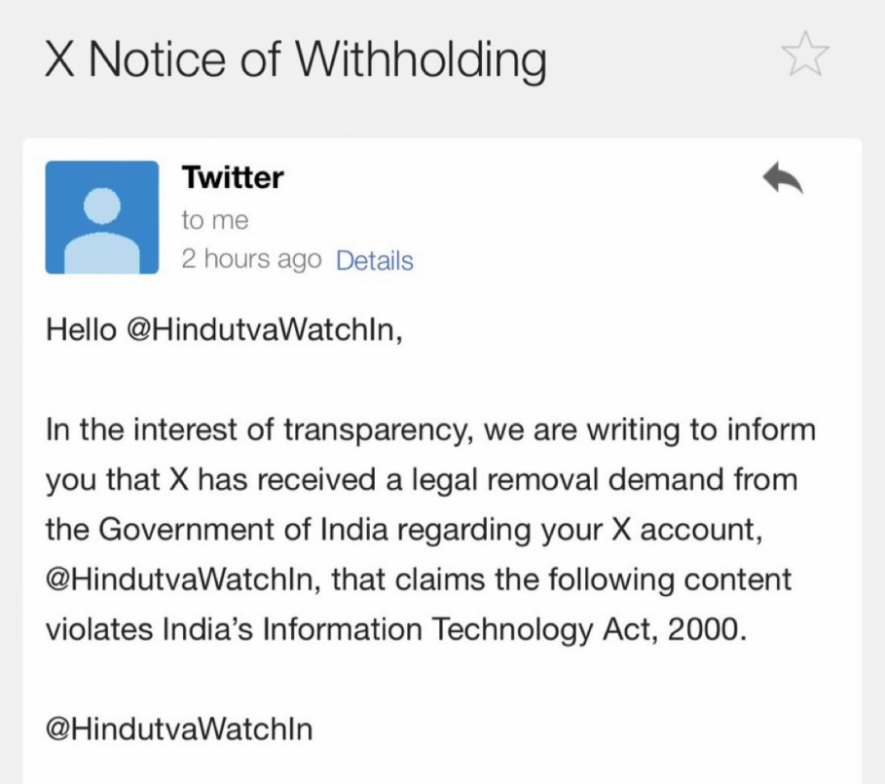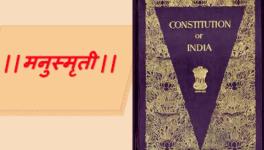Hindutva Watch Becomes Latest Victim of Opaque Internet Censorship in India

As X blocks the account of Hindutva Watch, it would not be wrong to assume that the blocking orders are mechanically issued like the orders for internet suspensions— reasons are not revealed and they violate rules of proportionality because of how their vagueness.
—
Recently, X (formally Twitter) withheld the account of the organisation Hindutva Watch which goes by the name @HindutvaWatchIn on the social media platform.
The notice issued by X says that it has received a legal demand for removal from the government of India to withhold the account as the content of the Hindutva Watch violates the Information Technology Act, (IT Act) 2000.
The Hindutva Watch is an independent research initiative to monitor the reports of attacks on the members of minority and marginalised communities for their faith by radicalised Hindus and Hindutva militia groups in India.

What is the legal framework for withholding accounts?
Content on the internet can be blocked or restricted through two mechanisms. First, under Section 69A (power to issue directions for blocking public access to any information through any computer resource) read with the Information Technology (Procedure and Safeguards for Blocking for Access of Information by Public) Rules, (Blocking Rules) 2009.
Second, through Rule 3 of the Information Technology(Intermediary Guidelines and Digital Media Ethics Code) Rules, 2021 (as amended in 2023) (intermediary Rules).
Under Section 69A, read with the blocking Rules, the intermediary is supposed to take down the content. Whereas, under the intermediary Rules, upon receiving actual knowledge of the content violating the law, the intermediary has to take action within 36 hours.
The framework under the IT Act and the blocking Rules do not specify the period under which the intermediary has to take action. However, in 2015, the Supreme Court in Shreya Singhal versus Union of India stated that the intermediary must take action within forty-eight hours of the receipt of the actual knowledge.
In both mechanisms, non-compliance of the intermediary leads to the loss of the ‘safe harbour’ protection under Section 79 (exemption from liability of intermediary in certain cases) of the IT Act and the intermediary is liable to prosecution.
However, in both mechanisms, no pre-decisional hearing is accorded to the violator. Only after the content has been taken down or withheld is the user intimated with a notice, which violates the principles of natural justice.
No inbuilt mechanism is provided by the intermediary to challenge the demand. Under the blocking Rules, a review committee is established to review the blocking orders and it has the power to set aside the takedown orders.
However, a right to information (RTI) reply indicates that since the establishment of the review committee, it has not disapproved of any blocking or takedown orders. It was also revealed in another RTI reply that the review committee maintains no records on the blocking or takedown orders.
This information is critical, especially in cases where a blocking or takedown order is issued under Rule 16 of the blocking Rules. Rule 16 provides for “strict confidentiality” of the information involved and the actions taken.
In the recent past, the government of India has ordered the blocking of accounts and takedown of content when there is a blanket internet ban such as in Punjab last year. Internet services were suspended in March 2023 by the Punjab police to arrest Khalistani separatist and Sikh preacher Amritpal Singh Sandhu, the chief of the social organisation Waris Punjab De.
Amidst this manhunt, X accounts of journalists some of the Punjab-based journalists and other journalists who were vocal critics of the law and order situation in Punjab were temporarily suspended.
These were journalist Kamal Singh Brar; freelance journalist Gagandeep Singh, and freelance journalist and human rights advocate Friedrich Pieter.
The government of India also suspended X accounts of Jagmeet Singh, a member of the Canadian Parliament; Rupi Kaur, a Canadian poet born in Punjab; and a member of Parliament from Sangrur Punjab, Simranjit Singh Mann.
Since X only provides a generalised legal notice without divulging the reasons and the review committee holds no records of information, this phenomenon could probably never be critically examined under the existing framework of law and the fundamental right to internet freedom government under Article 19 (protection of certain rights regarding freedom of speech, etc.) of the Indian Constitution.
In one of the RTIs, it was revealed that the government of India ordered 3,417 blocking of URLs in 2022, which was up from eight times in 2014.
It would not be wrong to assume that the blocking orders are mechanically issued like the orders for internet suspensions— reasons are not revealed and they violate rules of proportionality because of how their vagueness.
Get the latest reports & analysis with people's perspective on Protests, movements & deep analytical videos, discussions of the current affairs in your Telegram app. Subscribe to NewsClick's Telegram channel & get Real-Time updates on stories, as they get published on our website.























